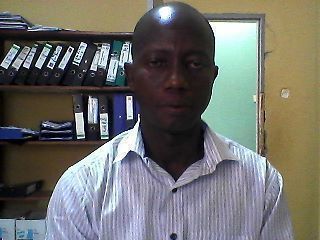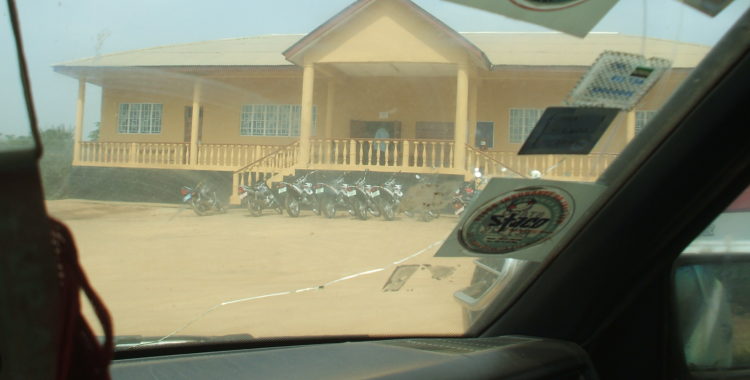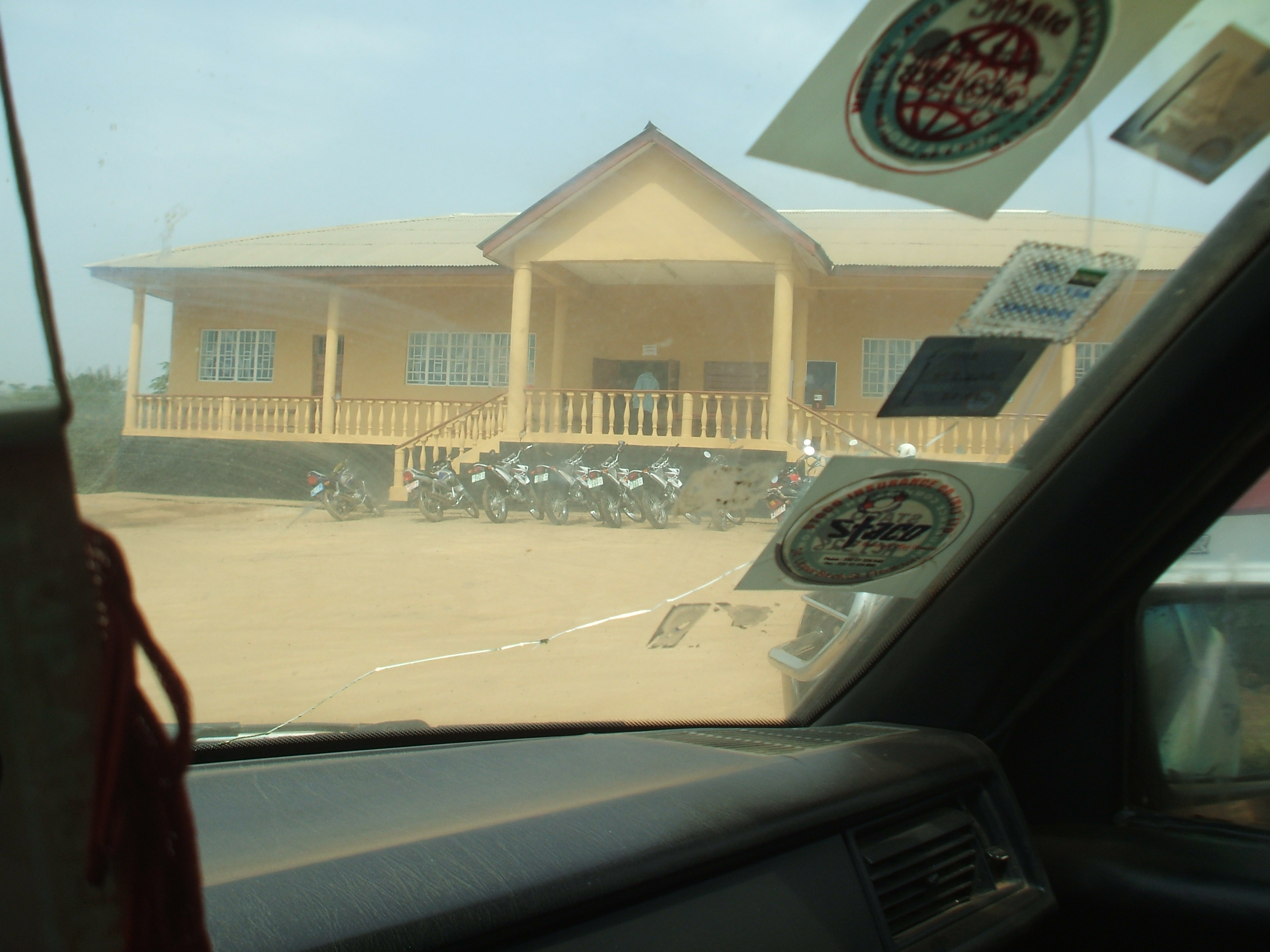One of the administrators at the Kono District Ebola Response Centre recently described to me how the fight against Ebola is now being waged on two fronts. The military is taking care of enforcement, security of quarantined homes and other centres, burials and prompt mobilisation of supplies. Meanwhile, medical personnel continue to be responsible for treatment, surveillance and lab investigation. According to the administrator, the medical teams would have been overwhelmed if they were not relieved of some of these extra duties.
‘Who is responsible for what?’ is a question that has posed continuous challenges and one that is sensitive to the Response’s evolving management structures. At the onset of the Ebola crisis in Sierra Leone, the National Ebola Task Force was established as the highest coordinating body; based in the Youyi Building in Freetown, the Task Force was charged with overseeing management of the crisis.
When the crisis escalated in June-July 2014, the President of the Republic instituted the Presidential Task Force, comprised of key government ministers and other government and state actors. The structure had its shortcomings. The President was also the Chairman, and it quickly became apparent that he was too occupied with other State matters to be handling the day-to-day management of a highly demanding body expected to control the crisis.
The Emergency Operation Centre (EOC) was set up to take care of some of the inadequacies of the Presidential Task Force. This body was expected to be a more professional one, staffed with better medical and crisis management backgrounds. It was this body that recommended the three-day lockdown in September and the quarantine of several chiefdoms and districts between September and November. The distribution of 598 million Leones to each of the District Health Management Teams was also executed by the EOC. Still, the crisis continued to escalate. The inpouring of international assistance in the form of materials and medical personnel was accompanied by a recommendation from the international partners based on success stories from Uganda and the Democratic Republic of the Congo: in each country, a case management system had been used to reduce the chain of transmission for the disease. The National Ebola Response Centre (NERC) was therefore set up with the Chief Executive Officer appointed by the President. District Ebola Response Centres (DERC) were established in every political district, each headed by a District Coordinator. District Coordinators report to Regional Coordinators. Notably, the system is managed through command and control centres in each district, where military personnel share operational and decision making responsibilities with civilians.
The institution of the NERC system came with the formation of the different operational structures that are now referred to as the Pillars. Five pillars were identified for effective organisational operations:
- Psycho-Social: in charge of counselling patients and survivors, caring for survivors (especially women and children) and reducing the stigmatisation of patients and survivors;
- Social Mobilisation: in charge of disseminating messages on: prevention, number of cases identified or confirmed and prevalence rates per area;
- Surveillance: in charge of tracing contacts, identifying new cases and calculating potential transfer risks due to peoples’ movements from epicentres;
- Logistics: in charge of making sure that the activities of the different pillars are effective by ensuring that the required materials are available on time; and
- Case Management: in charge of burials, movement of infected persons, and preparation of holding centres.
The NERC command and control centre system have made it possible for representatives of each pillar to sit in the same room — facilitating easy communication and prompt responses to areas that require urgent attention. For instance, when a call is made to 117 to report a death the message is relayed to the command and control centre. The message is then passed to the Case Management Pillar who coordinates with the Logistic Pillar for vehicle and fuel and ensures that the burial team is moved to the spot of the death for swift, safe, and dignified burial.
The good news is that the NERC and Pillar structures have helped speed up the coordination and response in the fight against the disease. With the help of professionals from the international community, it is hoped that the management of the disease will soon be under control. The structures have reduced the alleged mismanagement of funds provided by the Government, the international community and national organisations, since partners and the Government are all involved in the execution of activities and reporting at the same time. While the Kono District Ebola Response Centre is not yet fully operational, most of the structures necessary to running the Centre have been set up. The British Government has provided strong logistical, personnel, and technical support. More treatment centres are being set up all over the country. Transmission rates and number of new confirmed cases are lowering in some areas.
But a question remains over the predominant role of the military. The crisis is a medical crisis and the medical community bears heavy responsibility and risk: ten medical doctors and well over one hundred medical personnel have already died. There is no doubt that the war is a medical war. Therefore, the strong involvement of military –non-medical– personnel in the fight against the disease continues to bring questions to many Sierra Leoneans’ lips. Not least of all the fact that most the personnel sent by Britain and the USA to Sierra Leone and Liberia respectively, have been military. Many people have asked why they are providing guns and not more syringes and needles. At the NERC, the Chief Executive Officer is the former Minister of Defence and a retired military officer. Most district command and control centres are now under military control. The military’s identified role of managing the burial teams continues to expand; even the ambulances are now driven by soldiers.
It is no doubt that the effort of the military during this crisis is appreciated by most Sierra Leoneans and people have commended them for that. However, since this crisis is not one in which the enemy is visible and can be attacked by arms and ammunition, it is surprising that the military is championing what members of the global community have referred to as a medical crisis.
 Babar Turay is an experienced forester and forest-ecologist with aid-agency, NGO, and private-sector experience throughout Sierra Leone. With an applied ecology background, Babar has more than 10 years of experience in environmental management programs in Sierra Leone, in sectors such as forestry and artisanal mining and dealing with issues such as alternative livelihood programs and environmental rehabilitation. He is highly experienced in Participatory Rural Appraisals (PRAs), social capital assessments, stakeholder identification and engagement at all levels (villagers to high-levels of governments). Babar works as a researcher, facilitator, and analyst. Babar has worked with Estelle and the team at ELL on artisanal diamond and gold mining in Sierra Leone on numerous occasions since 2004. From supporting clients with political risk and stakeholder engagement assignments to conducting field research on ASM in protected areas and supporting the creation of more responsible precious mineral supply chains, Babar has a wealth of expertise on the mining, development and conservation nexus in Sierra Leone. Babar has a Bachelors of Science in Environmental Science (Applied Ecology) from Njala University College (USL) in Freetown, Sierra Leone. Babar is fluent in English and the local languages of Sierra Leone including Kono (mother-tongue), Mende, Krio, Kissi, Koranko, Madingo and Susu. Babar is based in Sierra Leone.
Babar Turay is an experienced forester and forest-ecologist with aid-agency, NGO, and private-sector experience throughout Sierra Leone. With an applied ecology background, Babar has more than 10 years of experience in environmental management programs in Sierra Leone, in sectors such as forestry and artisanal mining and dealing with issues such as alternative livelihood programs and environmental rehabilitation. He is highly experienced in Participatory Rural Appraisals (PRAs), social capital assessments, stakeholder identification and engagement at all levels (villagers to high-levels of governments). Babar works as a researcher, facilitator, and analyst. Babar has worked with Estelle and the team at ELL on artisanal diamond and gold mining in Sierra Leone on numerous occasions since 2004. From supporting clients with political risk and stakeholder engagement assignments to conducting field research on ASM in protected areas and supporting the creation of more responsible precious mineral supply chains, Babar has a wealth of expertise on the mining, development and conservation nexus in Sierra Leone. Babar has a Bachelors of Science in Environmental Science (Applied Ecology) from Njala University College (USL) in Freetown, Sierra Leone. Babar is fluent in English and the local languages of Sierra Leone including Kono (mother-tongue), Mende, Krio, Kissi, Koranko, Madingo and Susu. Babar is based in Sierra Leone.
This is the seventh blog of a series of blogs for ELL, called 'Living in the Shadows Ebola’, that our associate Babar Turay will be writing on the effects of ebola on Sierra Leone, and in particular its diamond mining district of Kono. More background on the series can be found here.




